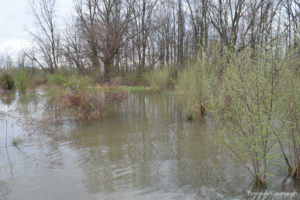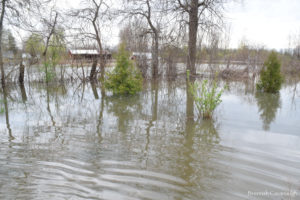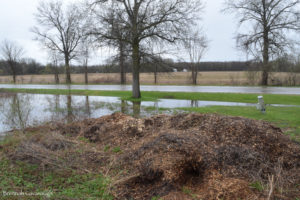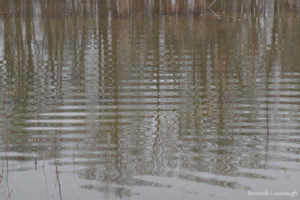As I was wading around our land taking pictures of the flooding, I started to notice a lot of little creatures taking refuge from all the water…
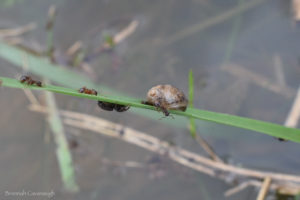
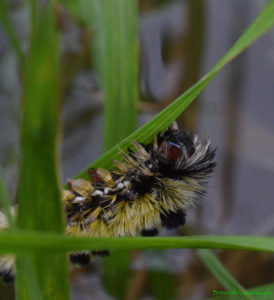
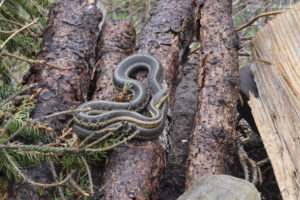

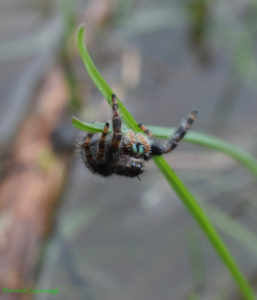
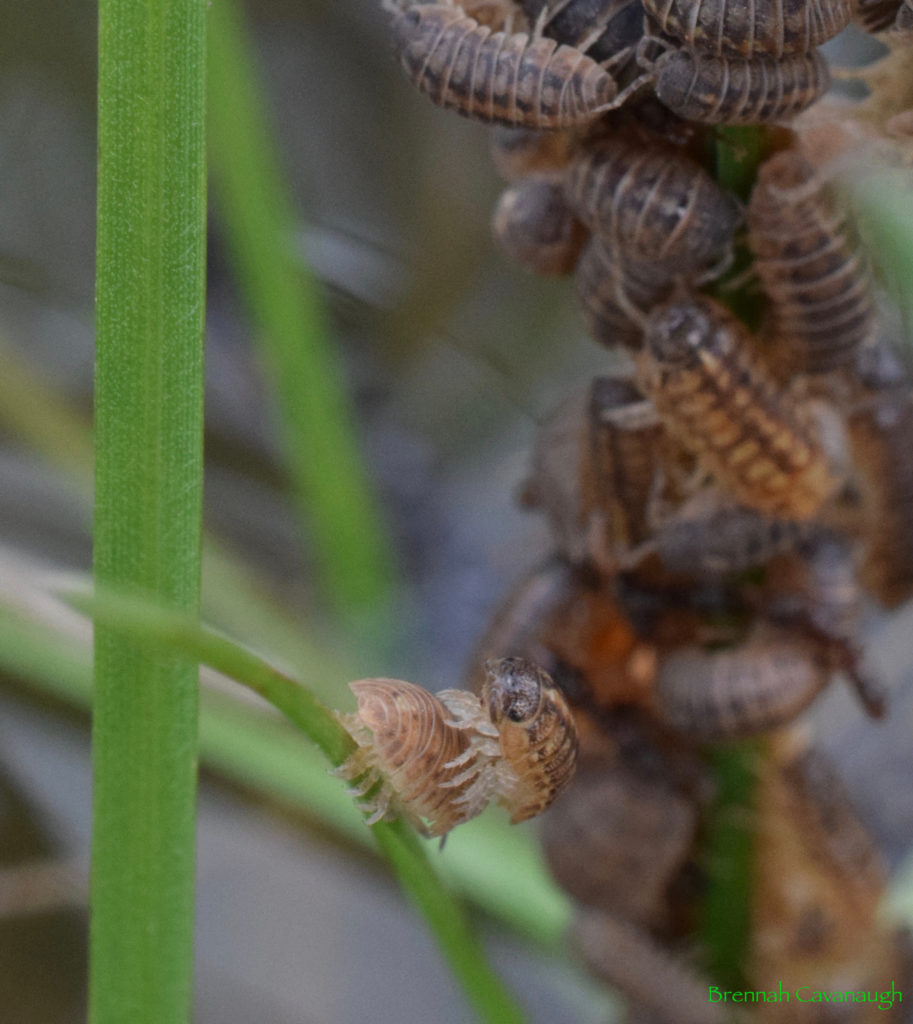
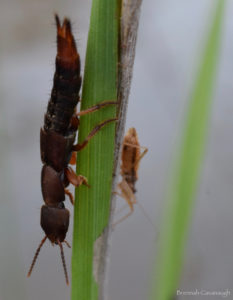

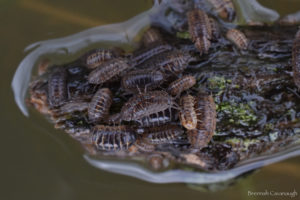
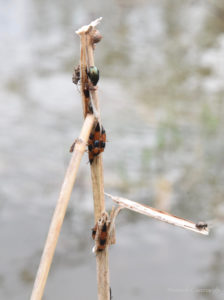
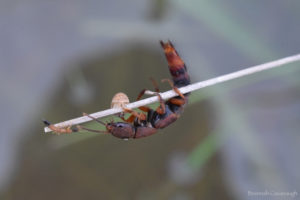

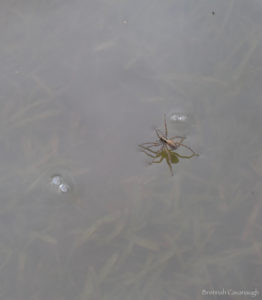
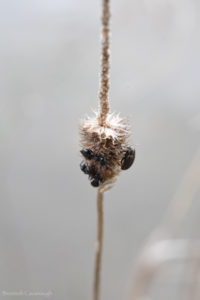

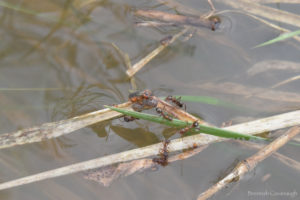
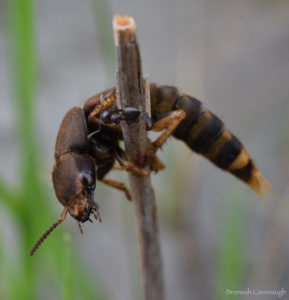
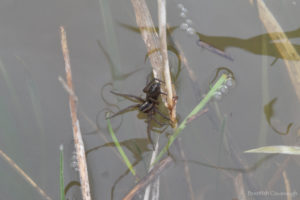
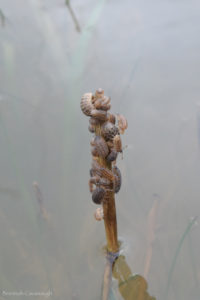
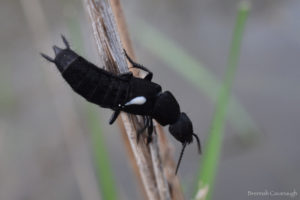
As I was wading around our land taking pictures of the flooding, I started to notice a lot of little creatures taking refuge from all the water…





















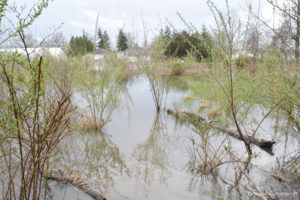
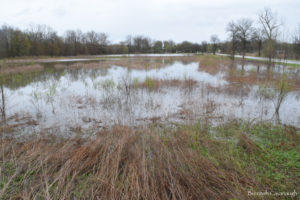
I have been aware for some time that it usually floods a bit in the spring, particularly in the field, and meadow areas, but this year, we had our biggest flood yet. Never before did we have any real flooding in the hoophouse (besides a puddle at the door), and we don’t usually have flooding in the fire circle or right up to the front yard chicken coop either.



It occurred to me that I had thought the same thing about the flooding we had last year; it was the most flooding we’d had yet. It hadn’t been as surprising; it happened as everything began to thaw for spring, and we had just had a major snowfall, and the snow was about as high as I’d ever seen it. Then, as it all melted, it rained. It didn’t seem surprising, then, when the water crept up all around the hoophouse (but didn’t quite go in), and flooded all of the field and meadow, and parts of the back chicken yard, and even a little of the front chicken yard. It wasn’t surprising, but it did seem like a fluke. It seemed like a particularly wet year, and not something likely to happen again right away.
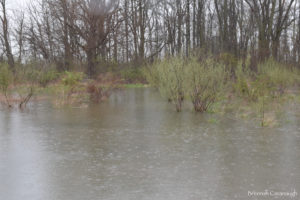

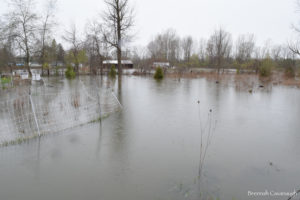
The year before that had been the wettest I had yet seen it as well, I seemed to recall. The more I thought about it, the more it seemed like there had been a lot of ‘wettest spring yet’ years, and we haven’t been here for that many years. I took pictures of the water each time I thought it was the wettest it had ever been (and pretty much any time anything unusual happens) so I was able to look at my pictures to see if I was remembering right. As it turns out, the trend is pretty clear; it has generally been getting wetter each spring we’ve been here. We usually have the most water in March, but last year’s big flood was in February and this year’s was at the beginning of May.


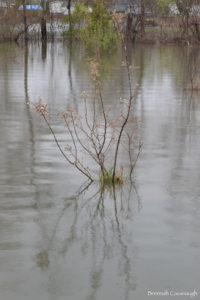
In 2014 there were some large puddles of snowmelt in the field and one at the edge of the meadow that seemed impressive at the time. The next year was similar, but there was water at the edge of our field that was a bit more than I had noticed before… we had a wet summer that year too. 2016 was the first time the creek overflowed to mingle with the water pooled in the field and meadow, and there were big puddles in the back chicken yard too. In 2017 almost the entire field flooded with the exception of a small island where the telephone pole was, and the edges where we put our hoophouse, fire circle, and front chicken yard. In 2018, we had quite deep water covering the field, meadow, and a good portion of the back chicken yard, and it surrounded the hoophouse. It was also encroaching on the front chicken yard. And this year, not only did the hoophouse flood, but the water in the field was so deep that it was almost knee high in places.
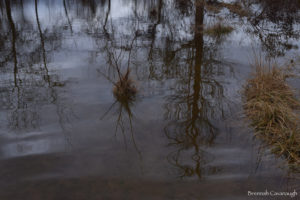
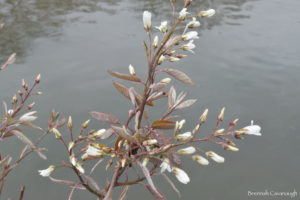

Ironically, we have also had issues with the land getting too dry over the summer in more recent years. It might flood in the spring, and then almost not rain again until fall. Water is an important resource and getting so much of it in the spring wouldn’t be a bad thing… if we could properly channel and store it. That, then, is our challenge.

